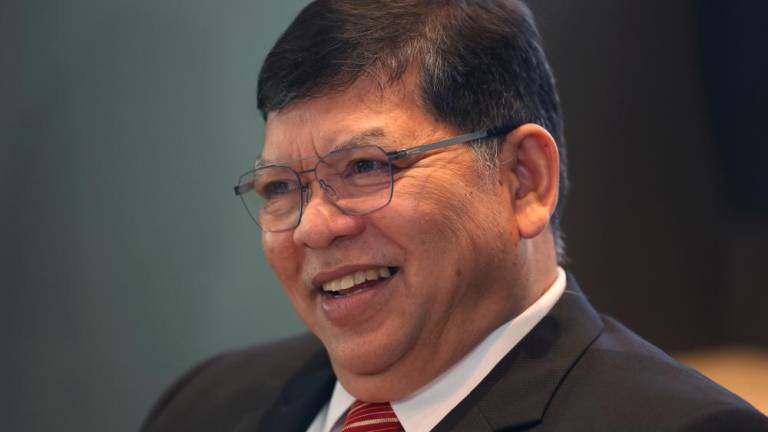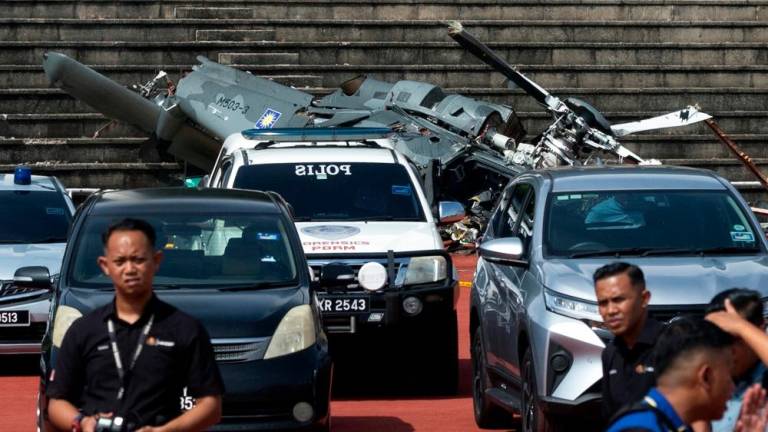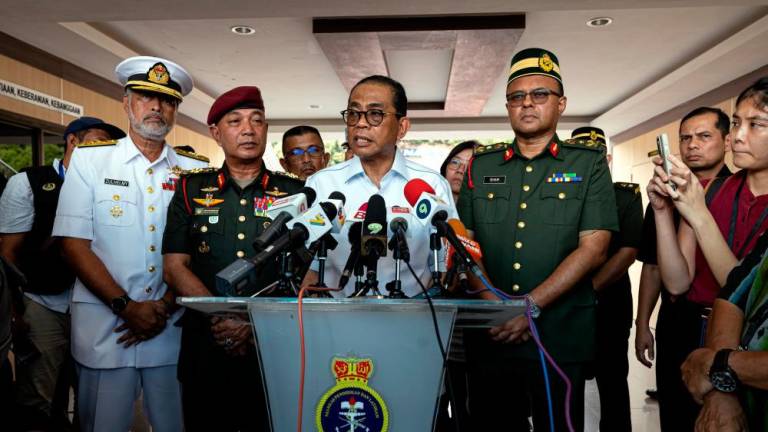PETALING JAYA: As the world continues to recover from Covid-19, Mercer’s annual 2021 Cost of Living survey saw Asia dominating the world’s most expensive city rankings, despite significant shifts.
Kuala Lumpur (No. 144) dropped eight places due to currency fluctuation.
Hong Kong lost top spot – a position it held for the past three years – to Ashgabat, Turkmenistan, now the costliest city for international employees, both in Asia and globally.
Tokyo now ranked fourth was leapfrogged by Beirut, Lebanon which climbed 42 positions to third, as a result of a severe and extensive economic depression due to escalation of several crises — the country’s largest financial crisis, COVID-19 and the Port of Beirut explosion in 2020.
More than half of the top 10 most expensive cities are located in Asia. Shanghai and Beijing ranked sixth and ninth respectively, up one place from last year, while Singapore moved from fifth place to seventh.
Other cities appearing in the top 10 of Mercer’s most costly cities for international employees are Zurich (5), Geneva (8) and Bern (10).
The survey saw a rise in rankings across all Mainland China cities, buoyed by currency appreciation against the US dollar and a swift recovery from the impact of Covid-19.
Most notably, Tianjin and Chengdu climbed 12 positions to26th and 28th respectively. Strengthening of the Taiwan dollar saw Taipei jump six places to 22.
Currency fluctuations and deflation saw Southeast Asian cities like Bangkok and Kuala Lumpur drop in rankings.
Bangkok (46) dropped 11 places, while Kuala Lumpur (144) dropped eight places. Mumbai (78) is India’s most expensive city but dropped 18 places in this year’s ranking due to a relatively weak Indian rupee in comparison with other cities in the ranking.
“Across the region, companies are actively reassessing their talent and mobility strategies in light of the complex challenges brought on by Covid-19. Companies are realising more than ever that they need to diversify their mobility scenarios and related compensation practices,” Julia Radchenko, Global Mobility Leader, Asia Pacific, said.
“And it is no longer about just geographical mobility, it is about talent mobility which implies lateral moves, distributed workforce, geographical mobility, international remote working, virtual assignments, etc.
“What we’ve seen is that companies are exercising more flexibility to accommodate the different personal situations of employees. Broadly speaking, companies are now more open to International remote working arrangements, allowing employers to perform the same role remotely as they would if they were to relocate.
“That said, international remote working arrangements bring with it other complexities such as determining the right compensation and whether such arrangements can fully replicate the importance and impact of having someone in a specific market.”













